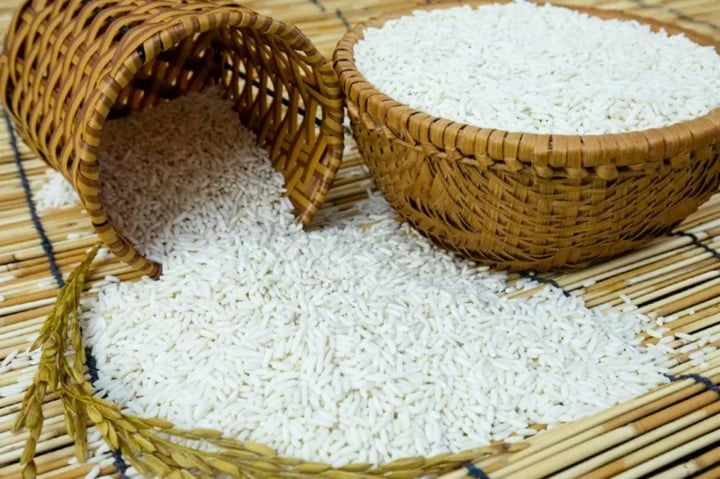Many believe that the placement of the rice container in the house affects Feng Shui. To have the rice container in the right Feng Shui can stimulate wealth and attract money.
The best rice container should be placed in clean places, closed to prevent dust from falling or mice attacking and causing the rice to spoil quickly or harm the health. In addition, you should also keep the rice container in dry places to avoid moisture and mold.

The rice container is usually placed in the kitchen area for convenient use.
The rice container is usually placed in the kitchen area for convenient use, but this does not mean that you can just randomly place it in this space. According to ancient Feng Shui, rice is grown from the ground so the rice container belongs to the Earth element.
According to the Five Elements, the East and Southeast directions belong to the Wood element. Wood carves Earth so these are two unsuitable directions to place the rice container. Homeowners should avoid these two positions to prevent the decline of wealth. Meanwhile, the West and Northeast directions belong to the Earth element and are suitable for placing the rice container.
The rice container is the family’s storage of wealth so it must be kept in a discreet place, absolutely not visible as soon as entering the door. Otherwise, wealth is easily wasted, and the economy declines. It is best to place the rice container in a hidden position in the kitchen but easy to access.
According to the beliefs of the ancients, the rice container represents wealth as well as the abundance and prosperity of the family. Therefore, homeowners should keep the rice container full, which is considered as abundant wealth.
According to VTC News
How to Grow and Care for Gold and Silver Plants at Home: Meaning and Images
Discover the mystical power of gold and silver trees and their unique significance in feng shui. Learn how to plant and care for these special plants in order to bring luck and prosperity into your life.
2023 Lunar New Year Gift Ideas for Older Family and Friends
As 2021 approaches, families worldwide are gathering to celebrate the special bond between grandparents and their grandchildren. To show their love and admiration, these thoughtfully chosen gifts will bring a smile to the face of the elderly. Here, we have compiled a list of the 13 most meaningful Tet presents that can bring joy to our beloved grandparents.






































